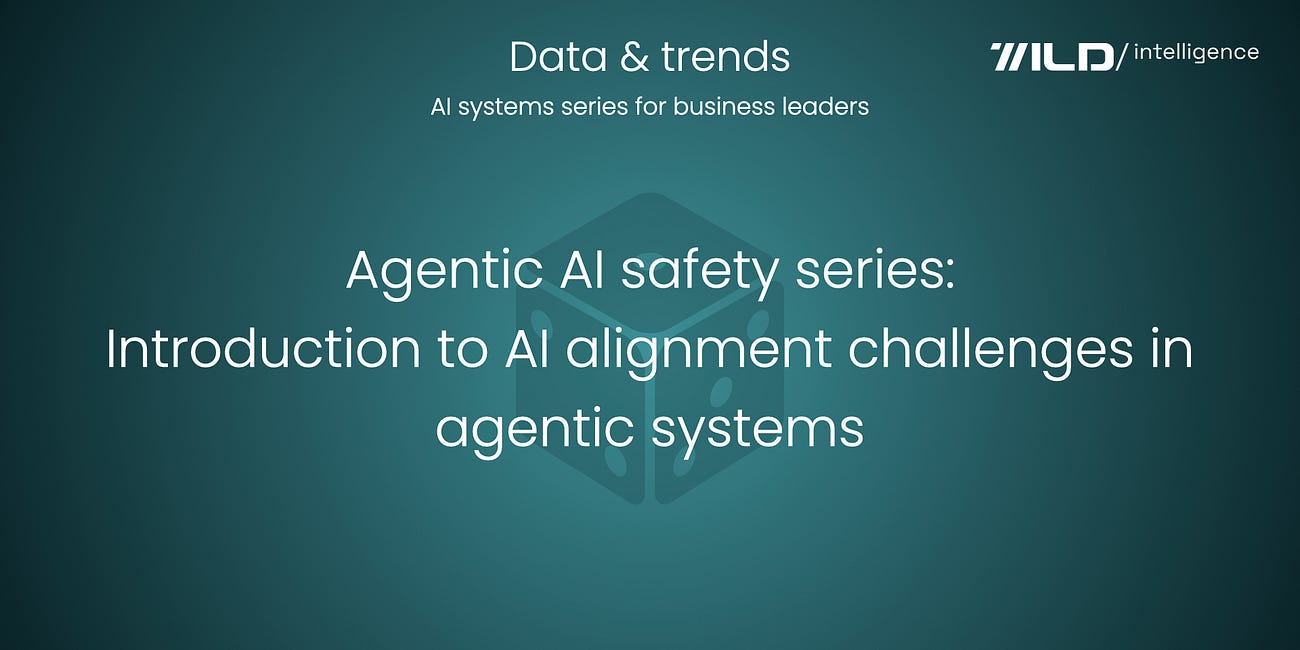🐾 IN TODAY'S WILD
Despite fears of an imminent “AI apocalypse,” everyday AI struggles persist.
Yet, breakthroughs abound: Groq and Meta are accelerating Llama models, and Physical Intelligence's new robot can perform complex tasks.
Unitree expands humanoid production, while a Princeton expert cautions against overestimating AI's near-term capabilities.
Hugging Face simplifies AI agent creation, and OpenAI enhances GPT-4o's intelligence.
The crucial need to understand AI models is highlighted alongside the enduring question of AI consciousness.
🦾 AI DAILY PULSE
In March 2023, a group of people signed a public letter demanding that governments pause all large language model (LLM) research for six months in case something called AI killed us all. Over two years later, it still can’t read a PDF accurately. [Future of life]—See my take below.
We have just announced a significant leap forward in AI inference: Groq is partnering with Meta to accelerate the official Llama API, providing developers with the fastest way to run the latest Llama models with no trade-offs, starting with Llama 4. [LinkedIn]
Physical Intelligence released a new robotics model called π-0.5.
It performs high-level planning and actions through hierarchical inference, enabling robots to accomplish tasks that have never been done before. Here, they can be seen doing kitchen and bathroom cleaning jobs. [Physical Intelligence (π)]
⚡️ TOP TRENDS
Chinese robotics company Unitree opened a 107K-square-foot factory in Hangzhou city. Unitree states that the plant will enable the company, known for its H1 and G1 humanoids, to accelerate its expansion efforts over the next three to five years. [Techinasia]
Princeton's Arvind Narayanan says AGI isn't imminent, noting that 70+ years of failed predictions and that human intelligence relies on experimental knowledge gained over time via technology and ethics, a bottleneck that AI can't just compute past without facing similar real-world limits. [Threads]
💻 TOP TECHIES
Hugging Face introduces Tiny Agents: build powerful MCP-compliant AI agents in under 50 lines. [Hugging Face]
OpenAI upgrades GPT-4o, boosting intelligence and proactive conversation steering across STEM and general tasks. [OpenAI]
🔮 WHAT ELSE
Anthropic CEO explains why understanding AI models is critical, showcasing over 30 million feature maps in Claude for behavior optimization. [Dario Amodei]
Could AI models be conscious?
If you enjoy this new version of Wild Intelligence, please forward this email to a colleague or share the publication.
🌟 MY TAKE
The rapid advancement of large language models (LLMs) has captured the imagination, sparking immense excitement and considerable apprehension.
While the early concerns voiced in March 2023 regarding potential existential risks perhaps captured a moment of heightened uncertainty, they stand in stark contrast to the more nuanced realities we face today.
While fears of immediate runaway AI have not materialized, a clear understanding of the current practical limitations of these powerful tools is crucial for informed decision-making and strategic planning.
LLMs represent a significant leap forward in natural language processing, demonstrating impressive capabilities in text generation, summarization, and even creative content creation. However, it is imperative for leadership to approach their adoption and integration with a realistic understanding of their current boundaries:
The mirage of perfect accuracy: Despite their fluency, LLMs are not infallible sources of truth. They can "hallucinate" or generate factually incorrect information presented with convincing confidence. Reliance on LLM outputs without rigorous verification can lead to flawed insights and misinformed decisions.
Reasoning gaps: While adept at linguistic tasks, LLMs often struggle with complex logical reasoning, multi-step problem-solving, and applying common sense. Tasks requiring deep analytical thought or intricate inferential processes may exceed their current capabilities.
The absence of embodied understanding: Grounded in textual data, LLMs lack the real-world experience and embodied knowledge that underpins human cognition. This can result in outputs that, while grammatically correct, may lack practical wisdom or a nuanced appreciation of real-world contexts.
The shadow of bias: LLMs are trained on vast datasets that inevitably reflect societal biases. Without careful mitigation, their outputs can perpetuate and even amplify these biases, leading to unfair or discriminatory outcomes in various applications.
Contextual constraints: LLMs' ability to retain and process information within a single interaction is limited by their "context window." For complex tasks or extended dialogues, their understanding and coherence can degrade, necessitating careful prompt engineering and potentially limiting their effectiveness in prolonged applications.
Data format dependencies: LLMs excel at processing unstructured text but often face challenges with structured data formats. Accurately extracting and interpreting information from documents with fixed layouts, such as PDFs, remains a significant hurdle due to their lack of inherent semantic structure and potential reliance on visual positioning.
Temporal blind spots: Trained on historical data, LLMs lack real-time awareness and knowledge of recent events. Decisions requiring up-to-the-minute information or an understanding of unfolding circumstances will necessitate integrating other data sources and analytical methods.
Computational demands and accessibility: The development and deployment of advanced large language models (LLMs) require substantial computational resources, which could potentially create barriers to entry and raise concerns about equitable access and environmental impact.
The enigma of the black box: The inner workings of large language models (LLMs) are often opaque, making it difficult to understand the reasoning behind their outputs. This lack of transparency can hinder trust, complicate debugging, and pose challenges for ensuring responsible and ethical use.
Vulnerabilities to manipulation: LLMs can be susceptible to adversarial prompts that can trick them into generating unintended or harmful content, highlighting the need for robust security measures and careful user interaction design.
In conclusion, while LLMs offer tremendous potential to augment human capabilities and drive innovation across various sectors, a pragmatic and informed approach is essential.
Decision leaders must move beyond the hype and cultivate a deep understanding of these technologies' current practical limitations.
By acknowledging these boundaries, we can strategically leverage the strengths of LLMs while mitigating their weaknesses, fostering responsible innovation, and ensuring that these powerful tools serve as valuable assets rather than potential pitfalls for our organizations and society.
Continued investment in research and development is crucial for overcoming these limitations and unlocking artificial intelligence's full potential.
What do you think?
ON SUBSTACK
HOW WAS TODAY’S EMAIL?
Awesome | Decent | Not great?
At Wild Intelligence, our mission is to build a sharp, engaged community focused on AI, decision intelligence, and cutting-edge solutions.
Over the past year and a half, we have helped over 24,000 decision leaders, board members, and startup founders stay informed and ahead.
We’re passionate about discovering news and get the best in AI, from top research and trending technical blogs to expert insights, opportunities and capabilities.
We connect you to the breakthroughs and discussions that matter, so you can stay informed without the need for endless searching.
👋🏻 About the Daily Wild!
We've launched a significant upgrade to your daily AI intelligence!
Discover the new, concise format of The Daily Wild, designed to bring you the most critical updates on video AI, code generation, and enterprise solutions.
Read the full announcement here: [here].
Reminder
Wild Intelligence is read by executives at prominent companies, including BlackRock, J.P. Morgan, Microsoft, Google, and others. We understand the unique nature of the landscape, and we strive to provide the best experience.
Think of this as your daily advantage in the rapidly evolving world of AI – achieving maximum impact in minimal time!
Premium members
Premium subscribers get the key stories and ideas in tech that week, with analysis of what they meant, together with an exclusive column.
Premium subscribers also have access to the complete archive.
A subscription is $100 for a year. Special price because… It’s time to :-)





